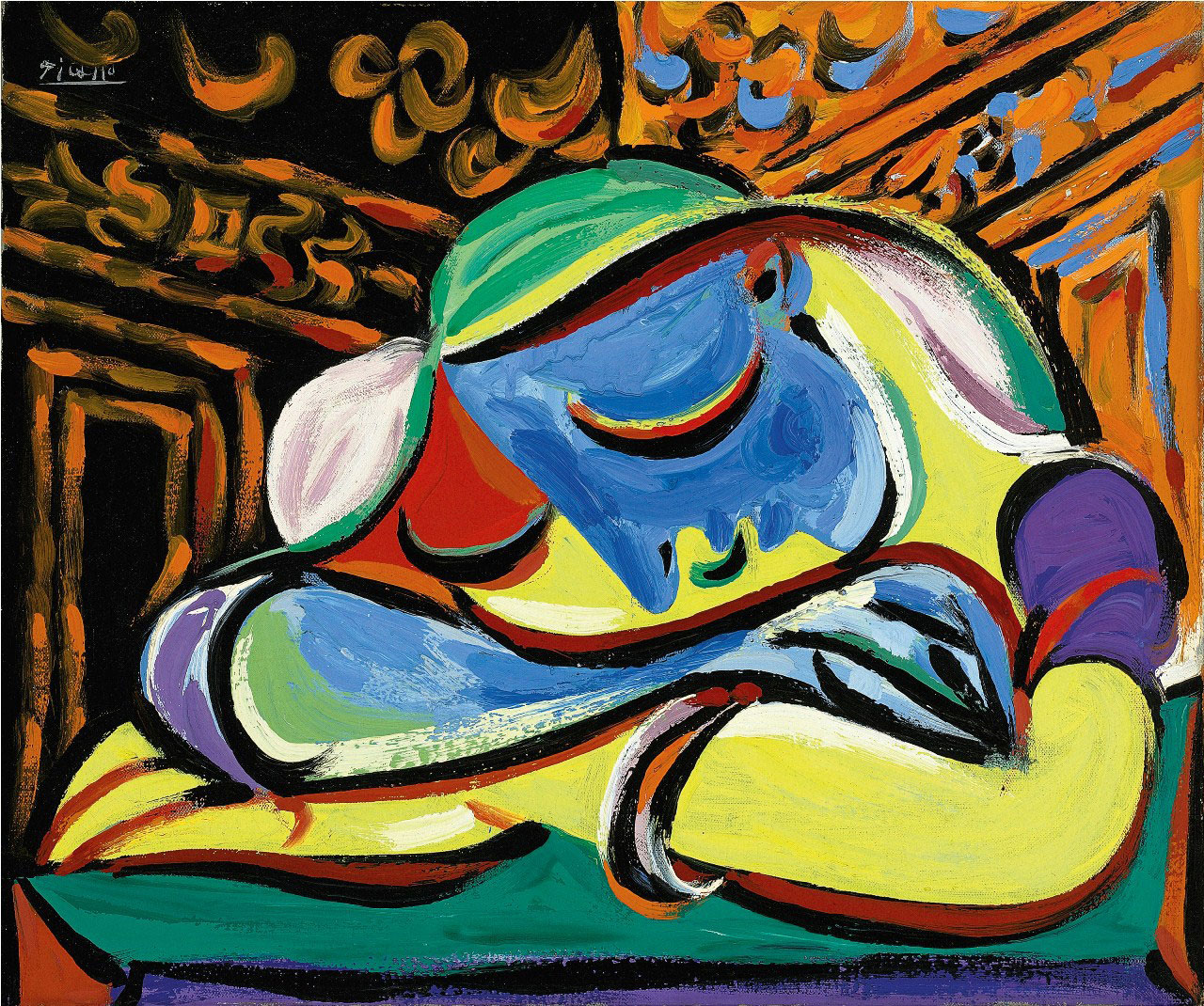Salvador Dali
The Elephants
1948
I chose this painting because i think its one of his more simplistic paintings. Most of his work is very wild, and it confuses the eye. I do like this one because i like the gradient in the background, and the elephants are obviously not the typical type of elephants, which gives this painting its surreal genre.

























_-_Google_Art_Project.jpg)














